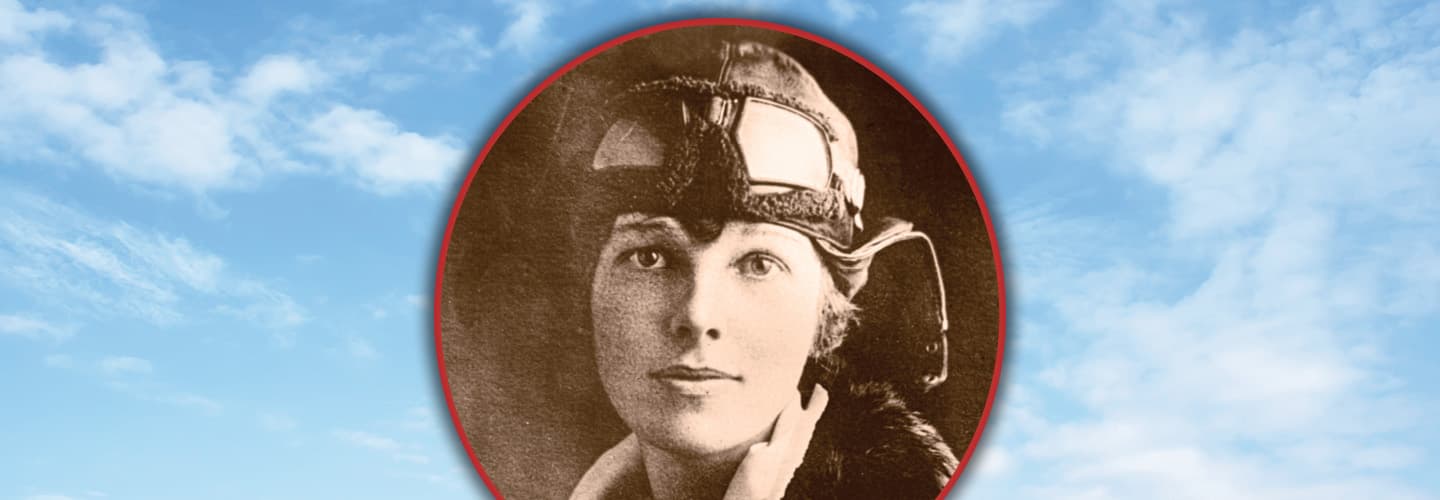Scholastic Kids Press
Scholastic Kid Reporter Camille Fallen
A statue of famed pilot Amelia Earhart recently landed in the U.S. Capitol in Washington, D.C. It’s one of 100 statues in the Capitol’s National Statuary Hall collection.
The collection includes statues of two influential Americans from each state. Earhart’s statue represents Kansas, where she was born in 1897. (The state’s other statue honors Dwight D. Eisenhower, the 34th U.S. president.) When the Earhart statue was unveiled in July, she became one of only 11 women represented in the collection.

